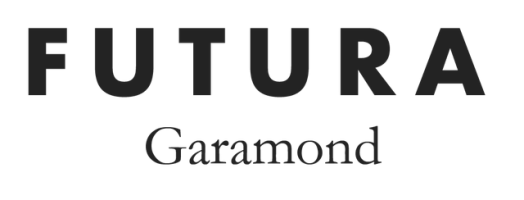14 Introduction to Type Style
Typestyle refers to the visual appearance of the writing and is a combination of font, sizing, alignment, spacing, and other factors.
In business communication, the choice of type style can have a profound impact on how the information is received and understood. Here’s a breakdown of its importance. Although not often as important as the content of your writing, the type styles used should support the efficient communication of your message.
For many large organizations, a style guide will likely be provided as a reference so that your professional writing will be consistent. When a style guide is not available, it is useful to have a basic understanding of how type styles impact your writing.
A comprehensive look at type style for business is beyond the scope of this resource, but this section provides a broad overview of some fundamentals. As we’ll discuss, knowing what makes a good professional style can be subjective—what type face represents your brand?—but should always work towards improving or supporting the following:
- Readability and Accessibility: The primary goal of professional writing is to communicate clearly and effectively. A well-chosen type style enhances readability, making it easier for the audience to understand the text. For example, a sans-serif font like Arial is often considered more readable for digital text, while a serif font like Times New Roman is traditionally used for printed material. Adequate font size and appropriate line spacing are also crucial for accessibility, especially for readers with visual impairments.

- Tone and Professionalism: Type style contributes to the tone of the document. A more traditional font can convey formality and professionalism, while a more modern font might suggest innovation or creativity. The choice of type style should align with the purpose of the document and the expectations of the intended audience.

-
- Hierarchy and Organization: Different type styles and sizes are used to create a visual hierarchy in the text, making it easier for readers to navigate the document. Look at this very page, for example: there is a title as well as headings and body text to help guide you through the content in an organized fashion. Even this unordered list has bolded subheadings to make it easier to read.
- Branding and Identity: In business writing, type style can be a part of the organization’s brand identity. Consistent use of a specific typeface across all documents and platforms helps build a recognizable brand image. UW-Green Bay, for instance, uses the Montserrat font for headings and Helvetica Neue for body copy on their web pages. UW-Madison uses slightly different fonts (primarily Verlag and Vitesse) to distinguish its campus from others in the system.
- Emphasis and Highlighting: Type styles like bold, italic, and underline emphasize important points or keywords in a text. This selective emphasis helps in drawing the reader’s attention to critical pieces of information.

